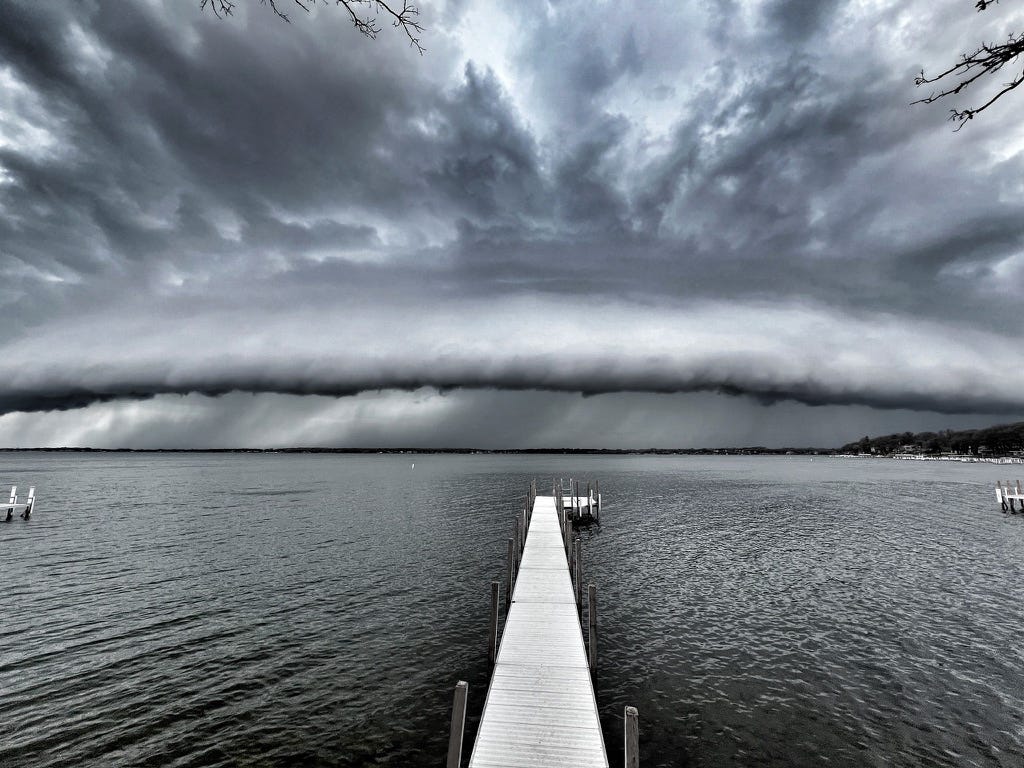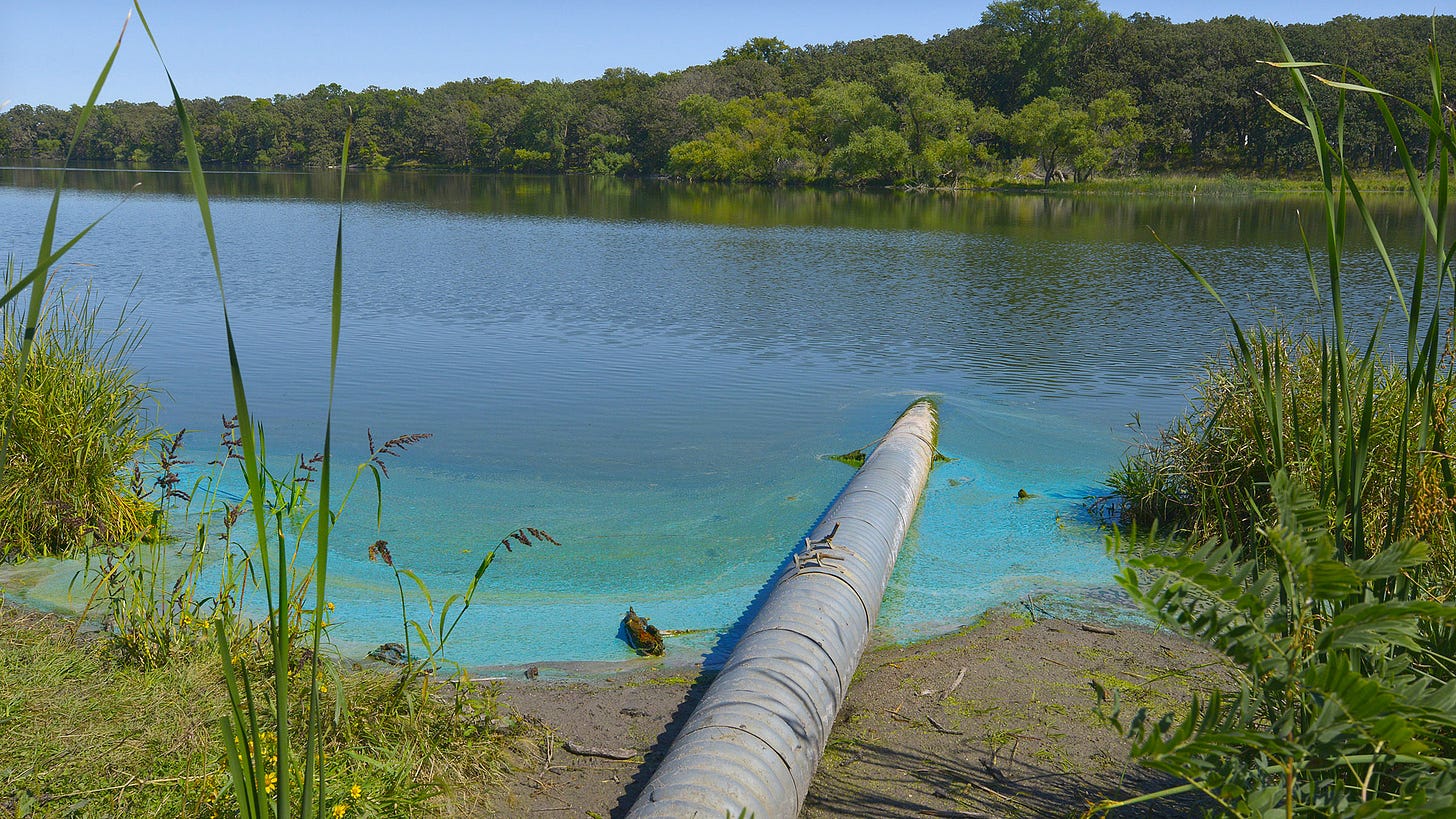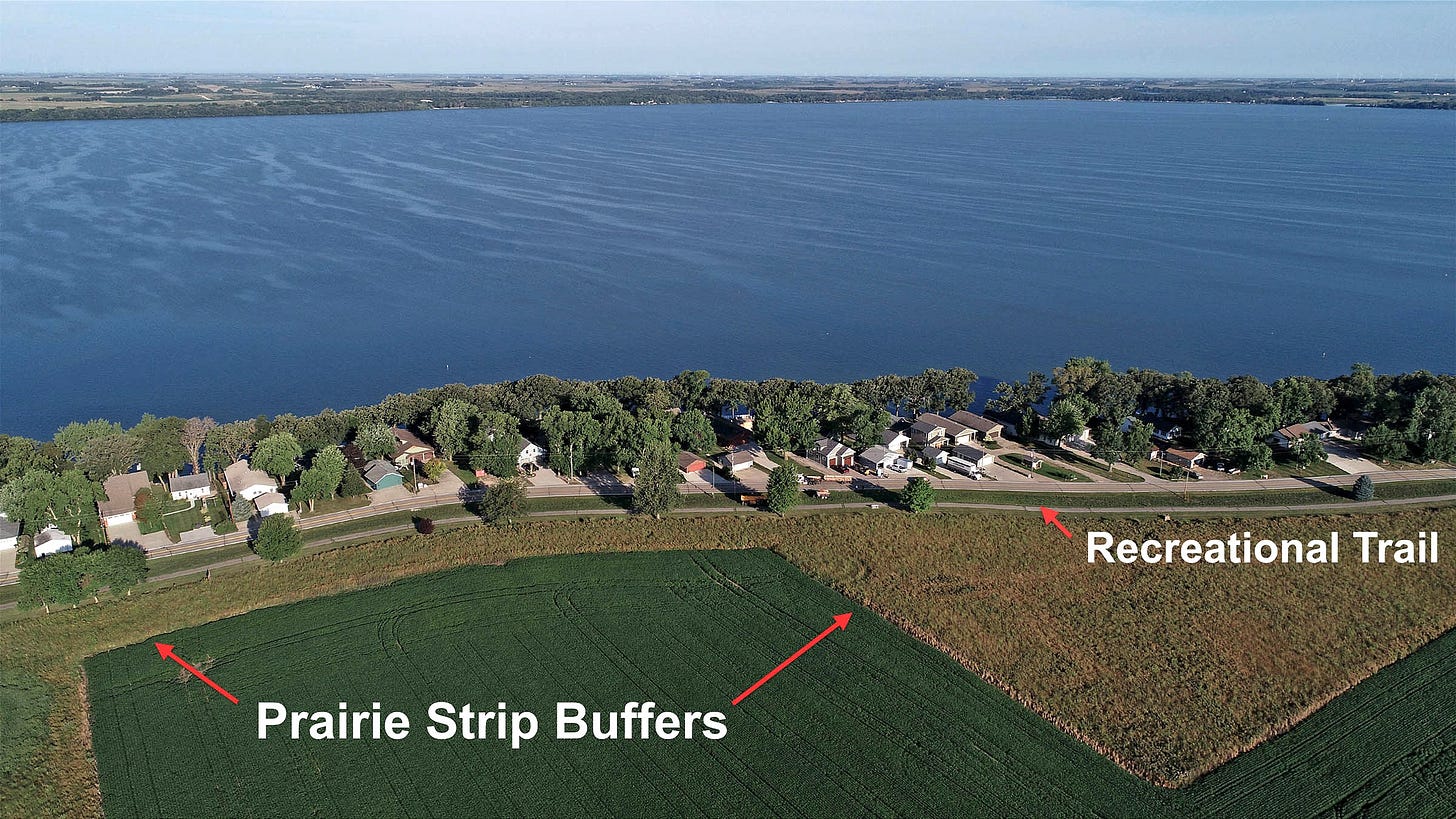What Happens in the Arctic, Doesn’t Stay in the Arctic
Hey Iowa, We're in the Bullseye

Three decades ago, in 1994, I was preparing to sail to the Arctic's Northwest Passage for the first time. I had just completed a sailing expedition in 1992, where I sailed south to Antarctica and across the Antarctic Circle. During this voyage, we made port at Palmer Station, the United States scientific base after being battered by storms along the Antarctic Peninsula. I was able to meet many scientists and go out in the field with them to different Penguin colonies in the area. The experience was the first time I witnessed scientists working in such remote areas and see climate change at work. Temperatures along the peninsula were warming and affecting the entire ecosystem, threatening the many Penguin species directly.

In late spring 1994, I traveled to Nova Scotia and met the sailboat, Cloud Nine to set sail for Greenland and the Northwest Passage. There were no cell phones, sat phones or internet for us to use on the vessel, so we went into the Arctic’s sea ice as “old school” explorers and were punished for it, almost losing our vessel. We eventually retreated safely from the extensive (normal) northern polar ice pack. In 2007, thirteen years later, we returned on the sailing vessel Cloud Nine and sailed 7000-miles through the Northwest Passage and never touched a piece of ice in the process. We became the first American vessel to transit the east to west route. I witnessed and documented the tremendous ice loss in just thirteen years. Climate change and sea ice loss were very real just as the climate scientists predicted.
I returned to the Arctic again on the research vessel, Ocean Watch, in 2009-10 working with NASA, NOAA and many universities on an extensive ocean/sea awareness program. This pattern of exploring the Arctic region, and working with scientists, has continued throughout my career in each of the past three decades.

Why mention these stories from remote regions of the planet? It is because these dramatic climate changes in the Arctic do not stay in the Arctic. The Arctic is warming at four times the rate as the rest of the world. This rapid warming is destabilizing the predictable weather patterns in the Northern Hemisphere by disrupting, and weakening, the normally smooth Jetstream causing a ripple effect across the planet. As the Arctic has warmed quickly, the region is experiencing tremendous climate and weather variability wreaking havoc on people, animals, infrastructure and communities. We would be smart to heed the warnings from the far north.
As the atmosphere and oceans continue to warm, the risk of an extreme weather event anywhere in the United States has increased, and intensified, with devastating impacts. From wildfires in California to rapidly intensifying hurricanes and blizzard warnings in the Gulf States, a new era of climate-fueled disasters is upon us. Climate change is what is known as a “threat multiplier.” Take a known threat like wildfire, add a couple years of record precipitation and brush growth, then throw in a flash drought to dry the brush to a crisp, and finally, add 100-mile-per-hour Santa Ana winds. All you need is one spark. The result is an inferno, a climate storm.
The Midwestern United States has been the recipient of numerous record weather events during this same thirty-year period. This timeframe began with the record “Great Flood” of 1993. This $46 billion-dollar flood caused tremendous damage and harm throughout the Upper Mississippi farm belt, including Des Moines and even into the Iowa Great Lakes. The extreme weather events have continued and intensified. In fact, six of the top ten US “natural” disasters have taken place in the last ten years.
In 2023, the US experienced 28 separate weather and climate disasters costing at least $1 billion each, making it the most expensive natural disaster year in American history. Last year, there were 27 such disasters totaling $183 billion dollars, although that number could climb. Iowa has been a major player in this climate disaster history with the recent 2019 floods of both the Missouri and Mississippi Rivers. 67 of Iowa’s 99 counties were declared disaster areas. This cycle was triggered by a “bomb cyclone” with rain in the wintertime on top of snow, ice and frozen ground. Governor Reynolds estimated the damage at $1.4 Billion in Iowa. Damage was $11 Billion overall in multiple states.
Not to be outdone, the 2020 Derecho thunderstorm tore through Iowa as the strongest and costliest thunderstorm ever recorded in the United States at $14 billion in damage with winds reported in the 140 mile per hour range, equivalent to the eyewall of a hurricane. An “Inland Hurricane” in Iowa, what the heck is going on? Most recently, a record one-time rain event on saturated ground in June of 2024 flooded Northwest Iowa towns such as Spencer and Rock Valley. The rain raised the Iowa Great Lakes level four feet and shut down the economy for half the summer costing millions in damage to businesses and homeowners with devastating lakeshore erosion. I will just let the insurance industry take over from here. They have taken note of heavy losses due to climate disasters and have adjusted rates accordingly and sending insurance premiums skyrocketing. Some insurance providers have left the state altogether.

Decades ago, Iowa Climate Scientists predicted increasing spring rains with record one-time rain events as climate change effects in the state. Instead of following the science by building and restoring more natural, resilient infrastructure, the agricultural sector dramatically expanded row crops and hog production. Farmers adapted to climate change by adding more farm tile to get rid of excess water more quickly downstream. The result has been a degradation of the water quality in the state as excess nutrients are flushed into all the waters across Iowa. As we enter this new era of extreme weather with record rain events followed by heat domes and flash droughts, our natural resources will be further strained, and the public will be asked to pay more in the way of taxes to mitigate the damage again and again.

Iowa residents overwhelmingly support efforts to act on climate, clean up our waters and develop more clean energy in the state. Unfortunately, Iowans have missed an historic opportunity to restore and enhance Iowa’s failing natural infrastructure. In 2010, Iowans passed a constitutional amendment to tax us for the purpose of creating the Iowa Natural Resources and Outdoor Recreational Trust Fund. The amendment passed with a bipartisan majority of 63 percent, but our elected officials refuse to act to raise the sales tax to fund the trust. Recent polling shows that over 80 percent of Iowans support the Trust Fund. Iowans wish to clean up our waters and create more public natural resources for healthy outdoor recreation. These efforts would also help protect the state as extreme weather events increase. By not funding the trust, our elected leaders continue to fail the expressed wishes of most Iowans and put the future of the state at risk.
Meanwhile, in Dickinson County and the Iowa Great Lakes, we continue to forge ahead in our water quality and outdoor recreational efforts. We are more prepared to deal with weather extremes by investing in our natural resources. We are providing the model (and data) to our representatives and the rest of the state. This data proves that committed conservation efforts measurably work and that an outdoor recreational-based economy can have great success in the state of Iowa in partnership with agriculture.

The Iowa Writers’ Collaborative
Have you explored the variety of writers in the Iowa Writers’ Collaborative? They are from around the state and contribute commentary and feature stories of interest to those who care about Iowa. Please consider a paid subscription. I am donating all paid subscriptions to the Friends of Lakeside Lab to support their great work and for hosting the Okoboji Writers’ Retreat.


Unfortunately for both climate conscious voters and the 'don't care, or uniformed, or even the deniers, our weather has changed. Not will or could but has. I have sat in in public commentary sub committee meetings in the capital. Most Republican politicians are strident in wielding their majority powers. We need a strong set of alternative leaders to rally voters and speak truth. No more passive resistance but go on the offensive. When the discussion is related to climate, soil, water, air, we are losing. Time to counter punch.
Welcome to the Iowa Writers Collaborative David. We look forward to your articles.
I did not realize it was nearly 15 years ago (2010) that we passed a constitutional amendment to establish the Iowa Natural Resources and Outdoor Recreational Trust Fund. I believe a significant percentage of us here in Iowa would like to fund this trust, with one exception, our legislature. It all boils down to one thing – politics!
Very frustrating to this Kayaker!